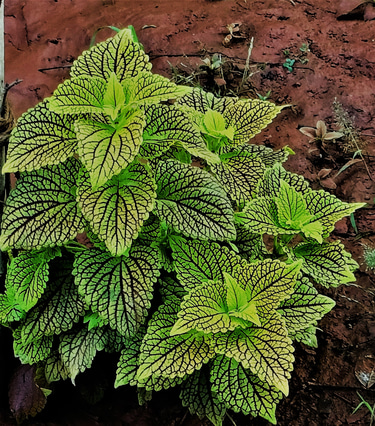Sigatoka Disease of Banana plant
Sigatoka, otherwise called as leaf spot disease of banana, a major fungal disease of banana plant, common during humid climate, poorly drained densely planted plantations.
Satish Naik
4/16/20232 min read
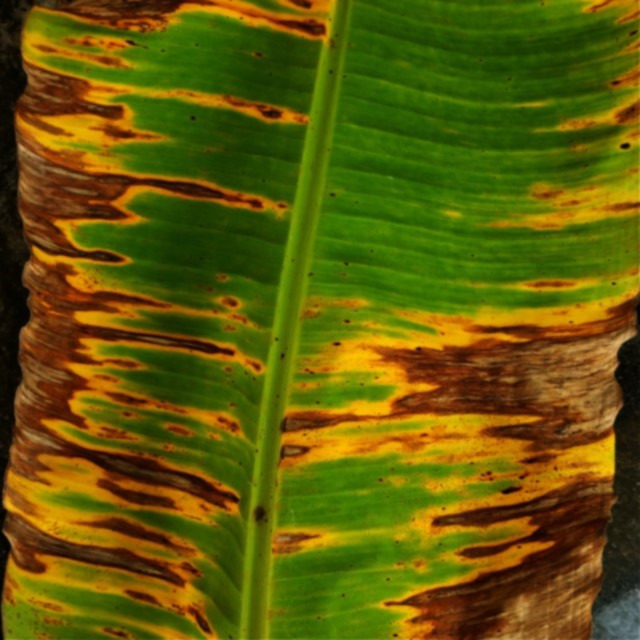

Sigatoka is a very common and important fungal disease of across banana growing region world over. Occurrence of the disease adds a quite a bit of expenditure in the form of remedial measures to reduce profit of cultivators. At times, the disease leads huge yield loss if not detected early and not managed properly. The disease has been named after 'Sigatoka Valley ' in Fiji, the place where the disease was first took epidemic status and cause huge economic loss to banana planters.
There are two types of Sigatoka, Black and Yellow, caused by different casual organisms, Mycosphaerella fijiensis and Mycospahaerella musicola, respectively. The black Sigatoka, otherwise called Black Leak Streak Disease, where as yellow Sigatoka as Leaf Spot Disease.
Symptoms: In both the cases, plants exhibit slightly varied symptoms. Black Sigatoka is characterized by formation of black steaks those run between leaf veins, along the mid rib, later move towards leaf margins. Initially pathogen causes rusty brown streaks or lesions and those are clubbed to form bigger patches later. The patches are more conspicuous on underside the leaves. In advanced stages lesions become more darker and wider, causing necrosis, tearing off and compete drying of leaves.
In case of Yellow Sigatoka, light yellowish spots or specks or spindles appear at the margin of the leaves, usually prominent on upper side. The specks extend towards the center on enlarging and coalescing with adjacent ones, causing necrotic depression on leaves. If left unattended, entire leaves become necrotic resulting drying and defoliation.
Black Sigatoka is reported to be prominent in low lands, where as yellow Sigatoka in upland.
In both the cases, formation of leaf necrosis and drying of leaves under severe condition, affects the photosynthesis. Thus reduces plant vigor associates to free matured fruit ripening, small and deformed fruits. Loss of luster of affected fruits reduces the merchantability.
Sigatoka Disease In Banana: The leaf spot disease

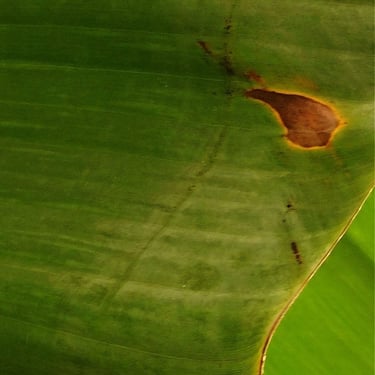
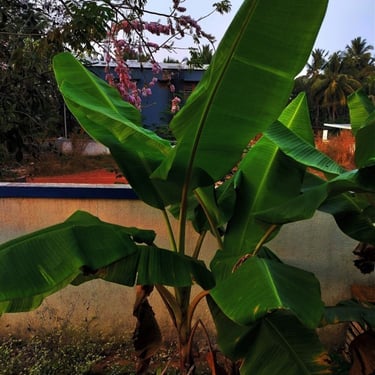


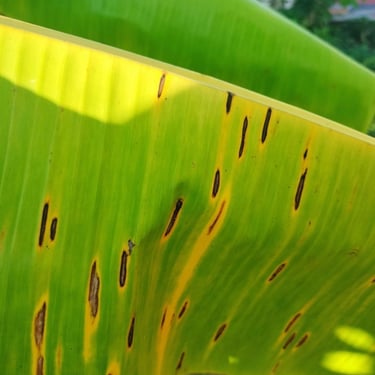
Having healthy plants in the orchard is very important for proper management of Sigatoga Disease. Plants with well developed root system, robust stem and broader leaves, seems healthy and pose enough resistance to occurrence of disease. This is possible only when plants are well nourished and adequately watered. Application of micro- nutrients like Iron, Magnesium, Zinc, Molybdenum in required dosage also very important to maintain plant vigor and to make them immune to diseases. Other specific practices are to be performed to manage Sigatoka as below.
Collection and destruction of of affected leaves to avoid spread of the disease.
Provide enough space between plants as dense planting restrict the aeration and intensity of light, so keep the surrounding moist. Denser the plant population, easier and faster is the spread of disease.
Avoid water logging by providing proper drainage, especially during rainy season. Excess watering also increases the humidity and favors the pathogens. Drip system of irrigation has been reported best suited in managing Sigatoka disease by restricting the weed growth and making less water available for evaporation and less humid surrounding.
Keeping the plantation free from weeds and wild vegetation , else their presence may harbor fungal inoculum.
Taking up of timely and proper cultural practices like removal of unwanted suckers, cutting of pseudo stem after fruit harvest, etc.
Use of suitable fungicides for foliar spray with prescribed dosage.
Management of Sigatoka:
Newsletter
Sign up for our newsletter and get notified about all new posted articles.
ADDRESS
House No. 2-113(P), Visnumurthynagar, Kelarkalabettu, Thenkanidiyuru, Udupi
cONTACT
7975809540
satishmqc362@gmail.com
